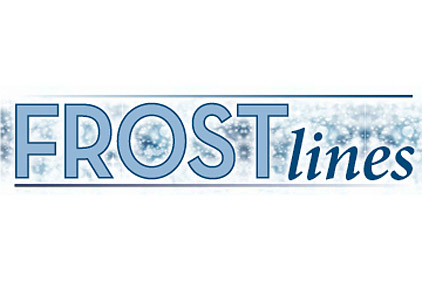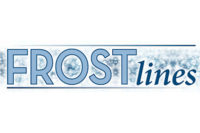Here’s an interesting head scratcher for those of you who have been in the refrigeration sector of the HVACR industry for quite some time.
Earlier this year, I was at an event called FMI Connect, which was an expo for the latest in products for the supermarket section, including quite a bit of refrigeration equipment.
One of the exhibitors was showing products for secondary and indirect (distributed) systems. As you know, supermarket refrigeration was long based on direct expansion (DX) systems. Maybe 10 years ago, new approaches started being shown primarily to reduce CFC and HCFC refrigerant charges. ‘Secondary loop’ allowed for a second non-CFC, non-HCFC, and even a non-HFC liquid to be used in the cooling cycle. ‘Distributed’ put mechanicals closer to coolers and freezers, meaning multi-small mechanicals rather than one large system as was the case with DX, thus reducing refrigerant charge and refrigerant lines.
Anyhow, the exhibit had a brochure that said, “The design of refrigeration systems in supermarkets is going through a state of flux probably never seen since the conception of man-made refrigeration some 130 years ago.”
So here’s the specific question I am asking: Is the move away from DX the “greatest state of flux” ever for supermarkets?
And a second question: Are the current changeovers in refrigerants “the greatest state of flux” ever for refrigeration?
I don’t know the answers. I came into the industry 30 years ago at about the time there was talk of no venting of refrigerants and a requirement that technicians be tested and certified to purchase refrigerants. And ever since, there have been changes in the industry especially on the refrigeration side such as with refrigerants resulting in changes in components on such systems and different ways to service such systems.
I have never not known change. But then again, refrigeration used to be created by hauling chunks of ice out of rivers and putting them in storage bins where food was being kept.
So there has always been flux; and I certainly can’t say one is greater than another.






